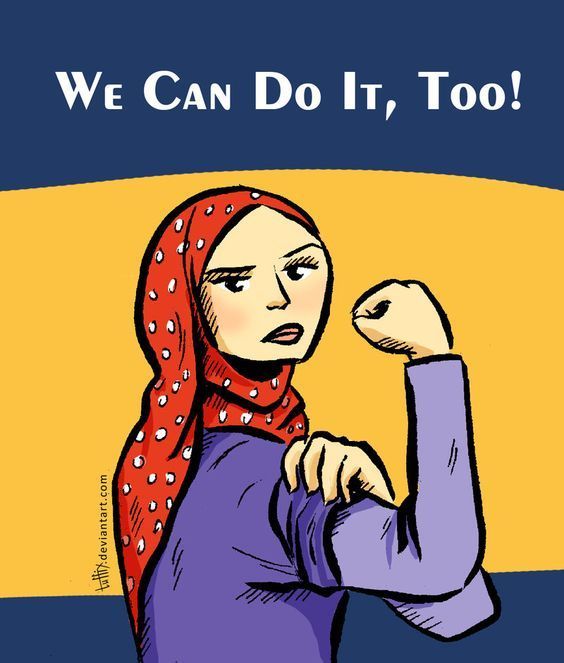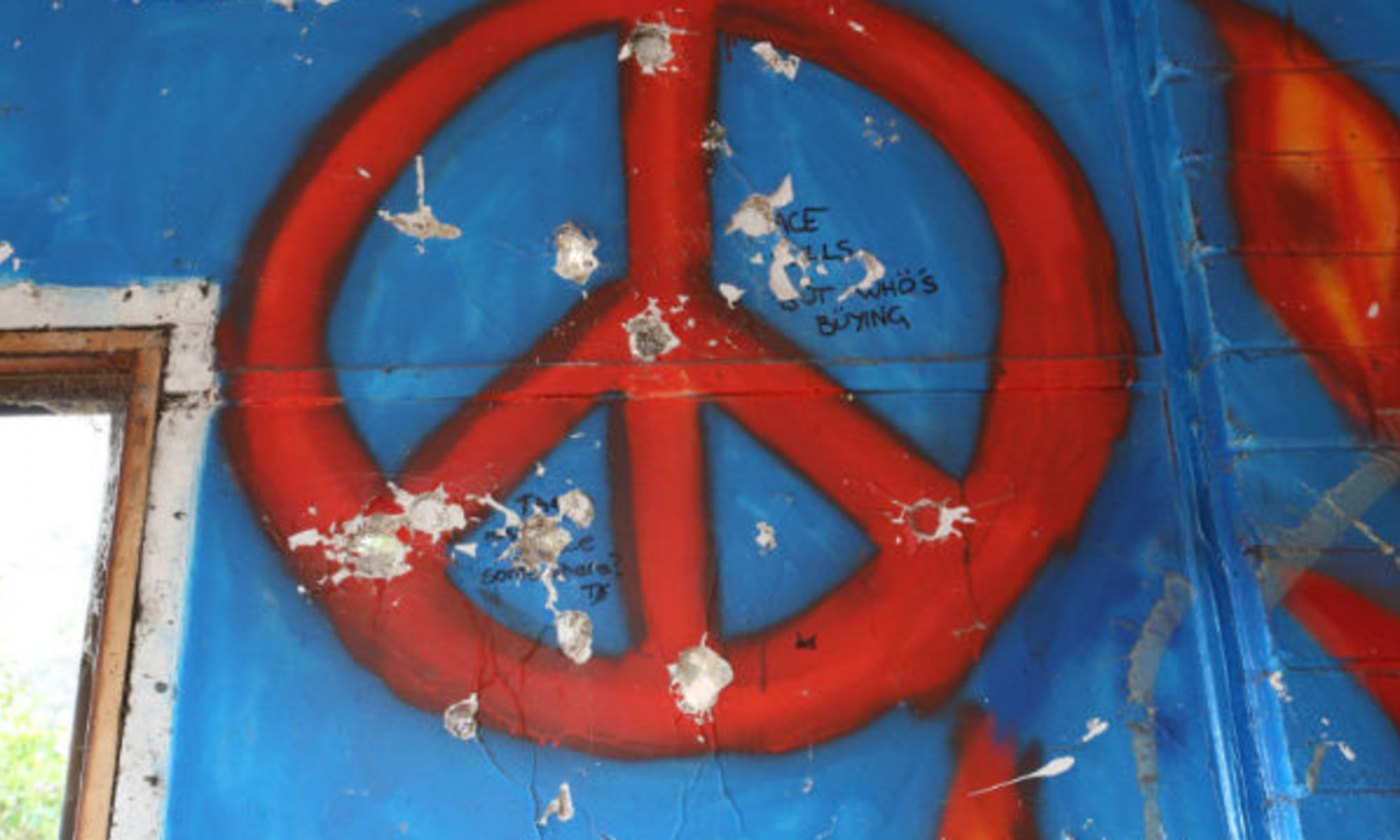By Ferial Berjawi
In today’s session with Professor Sheherazade Jafari, we discussed gender equality in contexts of conflict and gender-inclusive peacebuilding. This is a topic that I am so deeply passionate about and that I have spent endless nights reflecting on. She believes that we need to put a gender lens to understand the dynamics at play and the powerful ways gender shapes people’s perspectives, needs, experiences and opportunities to make policies complete and reliable; otherwise, they will be self-defeating and counterproductive. During the session, we had an activity in which we had to “walk in female peacebuilders’ shoes” and make tough decisions regarding an intervention in a conflict-affected area which targets gender-based violence against women. Most of the decisions were primarily on whether or not we should include men and religious leaders in the healing process. Eventually, there were benefits and drawbacks that came with whichever decisions we made. We also discussed the role religion plays in achieving or hindering gender equality in different societies, and whether we should work within the system or outside it.
This is something I have particularly struggled with in my own upbringing and feminist work with refugees from deeply traditional Muslim communities in Lebanon. For those of you who don’t know, Lebanon is a religiously diverse country with a population breakdown of 54% Muslim and 41% Christian – figures that often surprise foreigners who tend to picture the Middle East as a region full of bearded camel traders and Muslim women dressed in all black. However, within the Muslim population, more so than other religious groups, there remains a strong identification of cultural authenticity with Islam which has been strengthened by the external threats from the West post-9/11 and the movement of traditional Islamic societies towards modernization in an era of globalization and increased interconnectedness. This has resulted in underlying religious fundamentalism that is premised on absolute monolithic approaches, which reinforces the patriarchy and traditional prejudices about gender. As such, this raises the first question: is Islam inherently misogynistic?
Islamic scholars, as well as many believers in Lebanon would answer that question with a firm no. In fact, when Prophet Mohammad introduced Islam in the seventh century, it was a step forward for women. Unfortunately, data shows that it is predominantly Muslim countries where women are cut, killed for honor, and kept out of school or the workplace. Even in the Gender Inequality Index reviewed above, 8 out of the bottom 10 countries in the list are majority Muslim. Also, we cannot deny that the Koran, like other holy books, explicitly endorses gender discrimination, particularly in cases of personal status. For example, a women’s testimony counts only half as much as a man’s and a daughter inherits only have as much as a son, and seeing as the Koran is considered to be literally the word of God, believers find it hard to ignore or amend these harmful religious practices. Even in cases where the Koran itself does not promote inequality, cultural norms twist the rhetoric to adversely impact women. For example, though the Koran’s rules around divorce might be considered rational, the cultural practices, such as the taboo nature of divorce, the preponderance of men initiating the divorce, and the stigma attached to women who initiate divorce, result in highly unequal realities for men and women.
The strong identification of Muslims with the cultural meanings and practices of Islam means that feminist discourse could either deny that Islamic practices are necessarily misogynistic or assert that oppressive practices are not necessarily Islamic. Both of these strategies produce more radical alternation as part of Islamic traditions that challenge uniformly patriarchal interpretations of Islam. Indeed, feminist Islam scholars, such as Amina Wadud, have tried to present more progressive interpretations of the Koran to advocate for gender equality within Muslim communities. However, those have not gained relative traction in face of the deeply embedded understandings.
Nonetheless, the dichotomy between literal religious teachings and cultural practices often places Muslim feminists in a ‘double bind,’ a situation that emerges from the intersectionality of multiple identities. As such, women in the double bind find themselves struggling to reconcile the sometimes conflicting demands of feminism and their religious identity, and also defend their religion from Islamophobia. Thus, a progressive shift in interpretations not only weakens religious fundamentalism, which could be severely dangerous in its narrowness, but also encourages the Muslim community to practice their beliefs while still advocating for women’s rights and empowerment.



